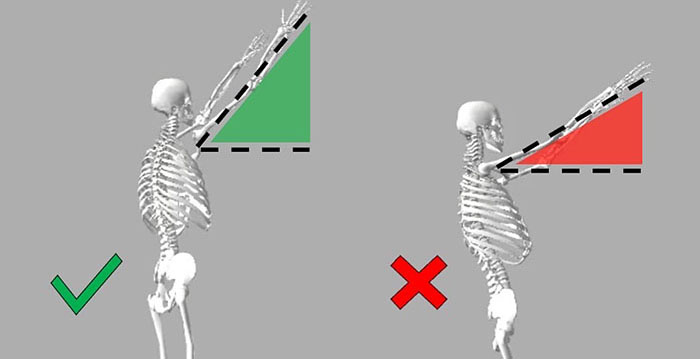KU study documents connection between strength, proficient basketball shooting

LAWRENCE — LeBron James has many things, including the recently acquired NBA all-time scoring record and his long-possessed commanding physical strength. The two seem to be related. But basketball researchers at the University of Kansas have published a new study that found a lack of ties between strength and free-throw, two-point and three-point shooting performance. That doesn’t suggest that the two aren’t related but that proficient shooters likely already possessed adequate levels of strength, according to the study.
Researchers at KU tested a group of 17 experienced shooters with more than nine years of basketball playing experience who had previously competed at the high school and/or college level. The strongest among the 10 men and 7 women did not necessarily have the highest level of shooting accuracy when compared to the other fellow participants. However, they all had one other trait in common: more than two years of resistance training experience.
The research team said the findings do not mean that strength is irrelevant to one of the most important measures of success in the game of basketball: shooting accuracy.
“These participants likely already possessed the level of strength needed to successfully execute these types of shooting motions,” said Dimitrije Cabarkapa, director of basketball research at KU’s Jayhawk Athletic Performance Laboratory, part of the Wu Tsai Human Performance Alliance. “We’re not saying strength is not important for on-court basketball performance but rather that there might be other factors that influence shooting accuracy that need to be considered and studied in the future.”
Cabarkapa, a former Division I basketball player, and colleagues have conducted a large body of research pertaining to basketball performance, including a study that shows that NCAA Division-I athletes with greater levels of lower-body strength and power were capable of post-collegiately competing at higher levels of professional play, including NBA and international basketball leagues. What may seem like a contradiction shows that further research is necessary to fully understand not only the optimal levels of strength and power but the impact of other performance-related characteristics that basketball players need to possess. One of them might be a biomechanical analysis of the shooting form.
The current study required participants to perform maximal upper-body and lower-body strength testing (bench press and back squat) during the first laboratory visit, then free-throw, two-point and three-point shooting accuracy testing during the second visit. Each participant attempted 225 shots, combining for a total of 3,825 shots. The average shooting accuracy in each of these categories for men was 74.5%, 68.4% and 53.3%, and for women 79.2%, 65.5% and 51.2%, respectively.
The study, written with Drake Eserhaut, graduate teaching and research assistant; Andrew Fry, professor and director of JAPL; Damjana Cabarkapa, graduate teaching and research assistant; Nicolas Philipp, graduate teaching and research assistant; Shay Whiting, undergraduate research assistant; and Gabriel Downey, research project specialist, all within KU’s Jayhawk Athletic Performance Laboratory, was published in the journal Sports.
The study is part of the laboratory’s larger body of work to better understand what physical, performance and biomechanical factors lead to optimal basketball performance. While some may be born with a natural gift for the game, a better understanding of the game’s mechanics can help coaches teach those techniques to players of all skill levels and facilitate improvement. Currently, Cabarkapa and colleagues are focused on using an innovative 3-D markerless motion capture technology to analyze various types of basketball-specific movements that allow players to move freely without any sensors placed on their bodies.
“The future of sports science is in collecting data noninvasively in a time-efficient manner,” Cabarkapa said. “I think monitoring athletes’ performance in a natural setting, whether in a lab, practice or during a game is the ideal way to gather performance data to advance understanding of physiological demands related to on-court basketball requirements.”
The team has also published research in which they analyzed game-related statistics that differentiate winning from losing game outcomes on NBA and NCAA Division-II levels of competition. Both studies indicate that the two most important factors for securing the desired game outcome are field goal shooting percentage and defensive rebounding. Coaches all over the world want to help their teams win, so further understanding of what makes good basketball shooters, rebounders and all-around successful players can be a huge competitive advantage.
“Why are we interested in analyzing shooting performance? Because the numbers clearly show that shooting accuracy is one of the most important factors related to securing the winning game outcome, especially in modern basketball,” Cabarkapa said. “That’s why we use these innovative technologies to study basketball-specific motions to help players reach their peak performance levels.”
Image: A Jayhawk Athletic Perfornance Laboratory image shows the biomechanical shooting motions that are proficient, left, and nonproficient, right. Credit: Jayhawk Athletic Performance Laboratory